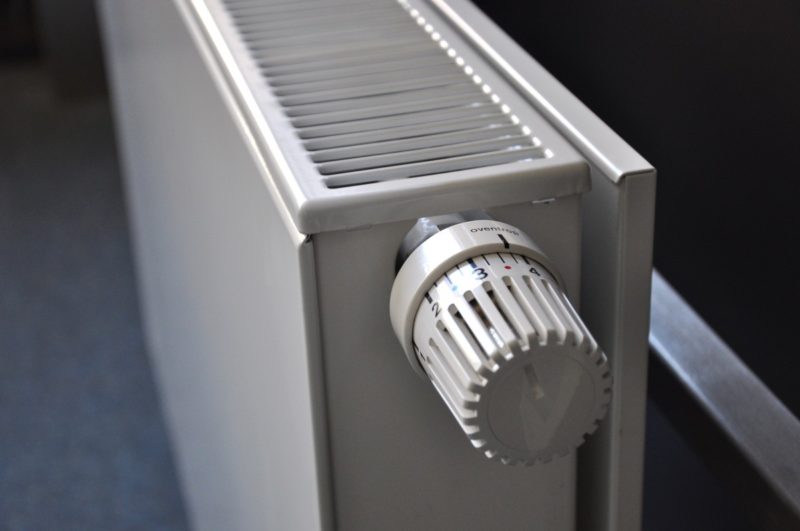Are you wondering why water heater leaks? There are a few reasons why, and these things you will understand as you delve into this article deeper.
When a water heater in home leaks, the consequences can be devastating. There is a risk of permanent damage to the property if it continues for a long time.
Leaks are a source of frustration for homeowners, but they are often difficult to pinpoint. But, on the other hand, homeowners can save time and money by having this information. Knowing where to look for leaks can save you, for sure. Now, let’s read this article further!
Reasons Why Your Water Heater Leaks
So, why water heater leaks? Leaks from water heaters can be caused by a variety of factors, including the following:
#1. Rusty tanks are common
More than 15 years old tank-style water heaters are more likely to leak. This is because older systems are more prone to leaks and component deterioration. Over time, rust can build up in the tank of a water heater, leading to leaks. Much more, fissures allow water to seep in, resulting in corrosion. Unfortunately, the only alternative is to replace the water heater once it has reached the end of its useful life.
#2. Drain valves
Plumbers and homeowners frequently use them to remove the tank’s contents for routine maintenance and repairs. To clean the tank, homeowners use the drain valve. Over time, the valve’s seal weakens, allowing water to leak in. Due to the lack of a watertight seal, the valve appears to be open. A new drain valve is required in this instance. You should consult a plumber first, but homeowners can fix this problem independently.
#3. Intense pressure
Running water puts pressure on water heaters and all other plumbing equipment. Pressure in water heaters is caused by the steam produced as the hot water attempts to fill the space. When the steam has nowhere to go, it builds up pressure and becomes uncomfortable. The pressure inside the heater is relieved by water leaking out of any cracks in the heater. It is possible to overheat the heater by increasing the temperature of the water or by introducing high-pressure water into the system.
#4. Temperature and pressure relief valves are faulty
Leakage from a water heater’s temperature and pressure relief valve, or T&P valve. This valve can be used to reduce the tank’s pressure. In the event that this valve fails, the tank will experience increased pressure. It’s possible that the valve is loose and needs to be tethered back into position. For damaged components, you’ll need to obtain new ones.
#5. Connections
An electric water heater has two connections: an inlet and an outlet. The inlet connection is where the cold water enters, while the hot water goes out of the water heater through its outlet connection. Using these fittings, you can get hot water into your home’s plumbing system. Leaks can occur as these loosen over time. Inlet and outlet connector problems are rare.
#6. Internal tanks
In many cases, tank warming requires the use of two shells. The water-holding shell has an outer shell that acts as a barrier and an insulator against the elements. Both shells are given a final coat of metal. Internal water heater leaks can be challenging to detect, but they are more common due to normal wear and tear and the aging process of the water heater. An external leak like this isn’t going to show up on the tank’s exterior.
#7. The collection of sand and gravel
Sediment accumulates at the base of water heaters over time. This is a rare occurrence in residences where the tank’s water is routinely emptied. To avoid the buildup of silt and cracks, you must drain the tank and clean it out regularly. Water can seep through these holes. In the event of a tank leak, you’ll need to purchase a new water heater, which can cost you. Find out how to clean calcium out of water heater and how to get sediment out of water heater.
#8. The damage to a water tank has been extensive
Some water heaters have an additional tank built in to accommodate more water. Occasionally, these tanks’ interior walls are lined with a layer of glass. Unfortunately, it takes time for minerals to build up and calcify on a piece of glass. Glass breaks, and water leaks as a result. In addition, microcracks may form in the glass because of the expansion that occurs when water is heated. Both scenarios call for the acquisition of brand-new parts.
#9. Anodizing rod for use in the process
An anode rod serves as the heater’s sacrificial component. Because it attracts corrosive materials, the water heater is protected from harm. Unfortunately, the anode rod in a water heater is corroded, resulting in leaks. The former location of the anode rod is a leakage point. A simple replacement is all that is needed to fix any leaks. It’s helpful to know when to replace water heater.
It’s A Wrap!
There are numerous reasons why water heater leaks. The average homeowner can deal with minor issues. However, due to these and other issues, you may be required to have a new one. In general, it’s a good idea to call a plumber to help you identify problems so that you can take the right course of action.

